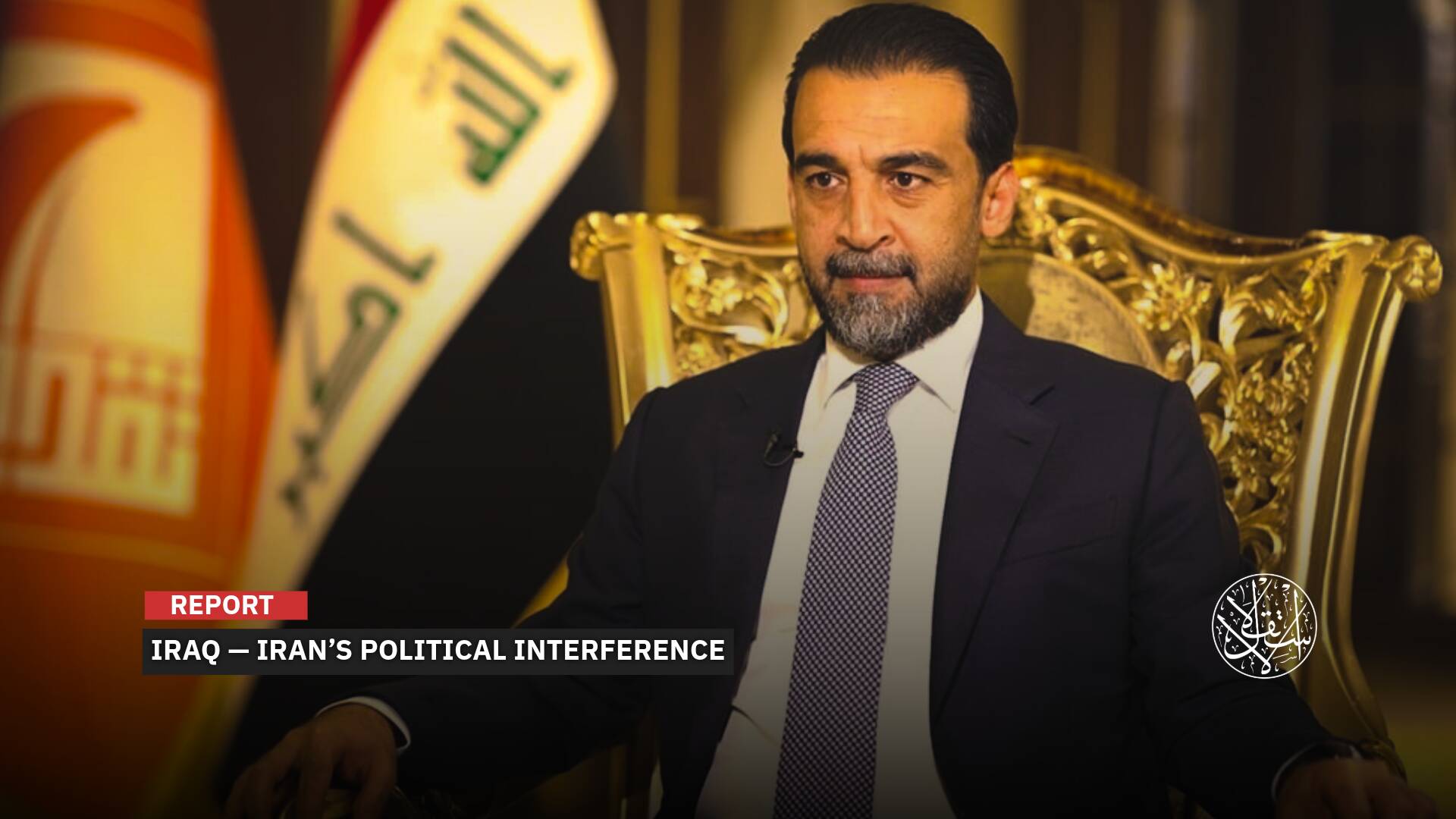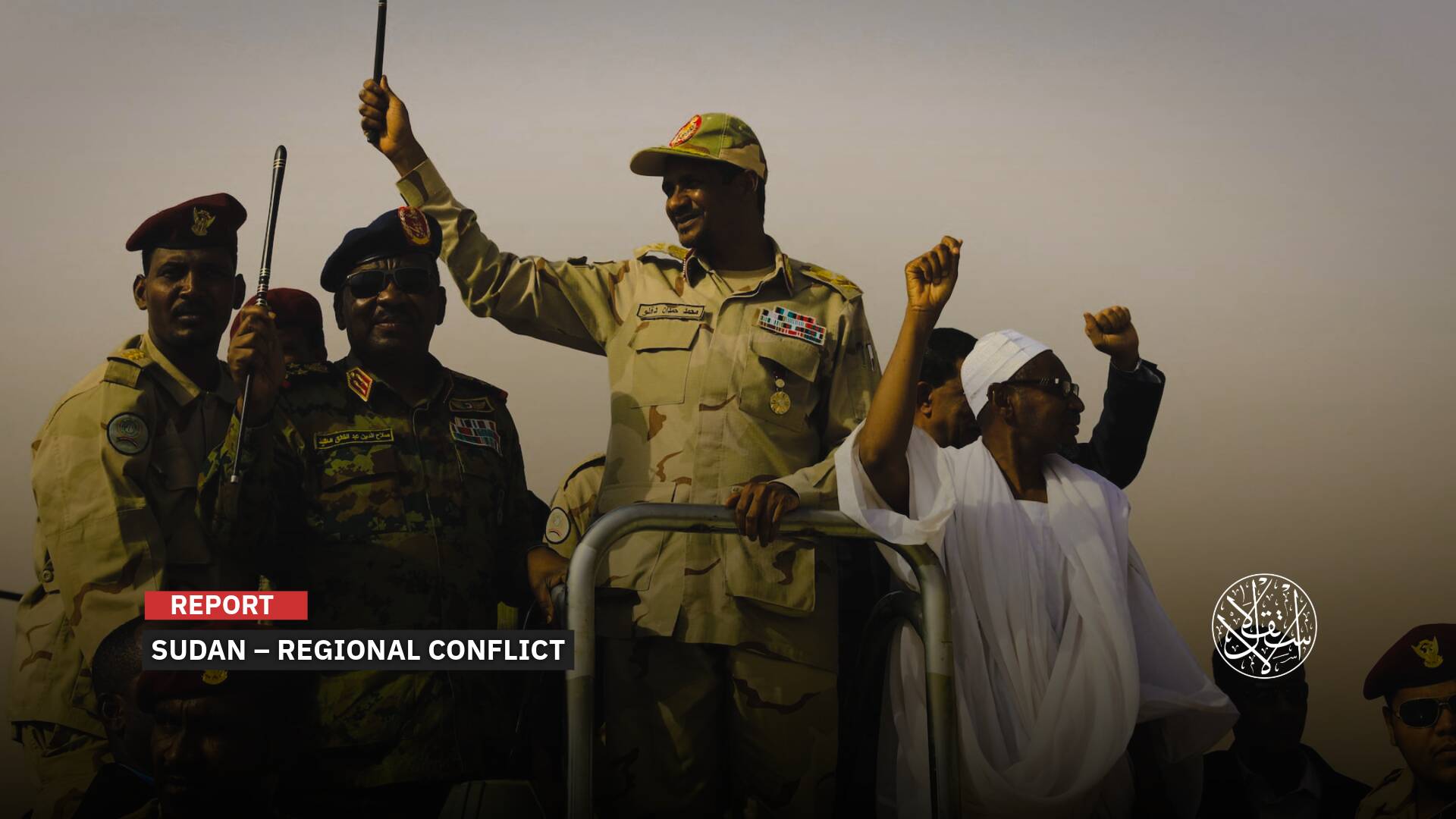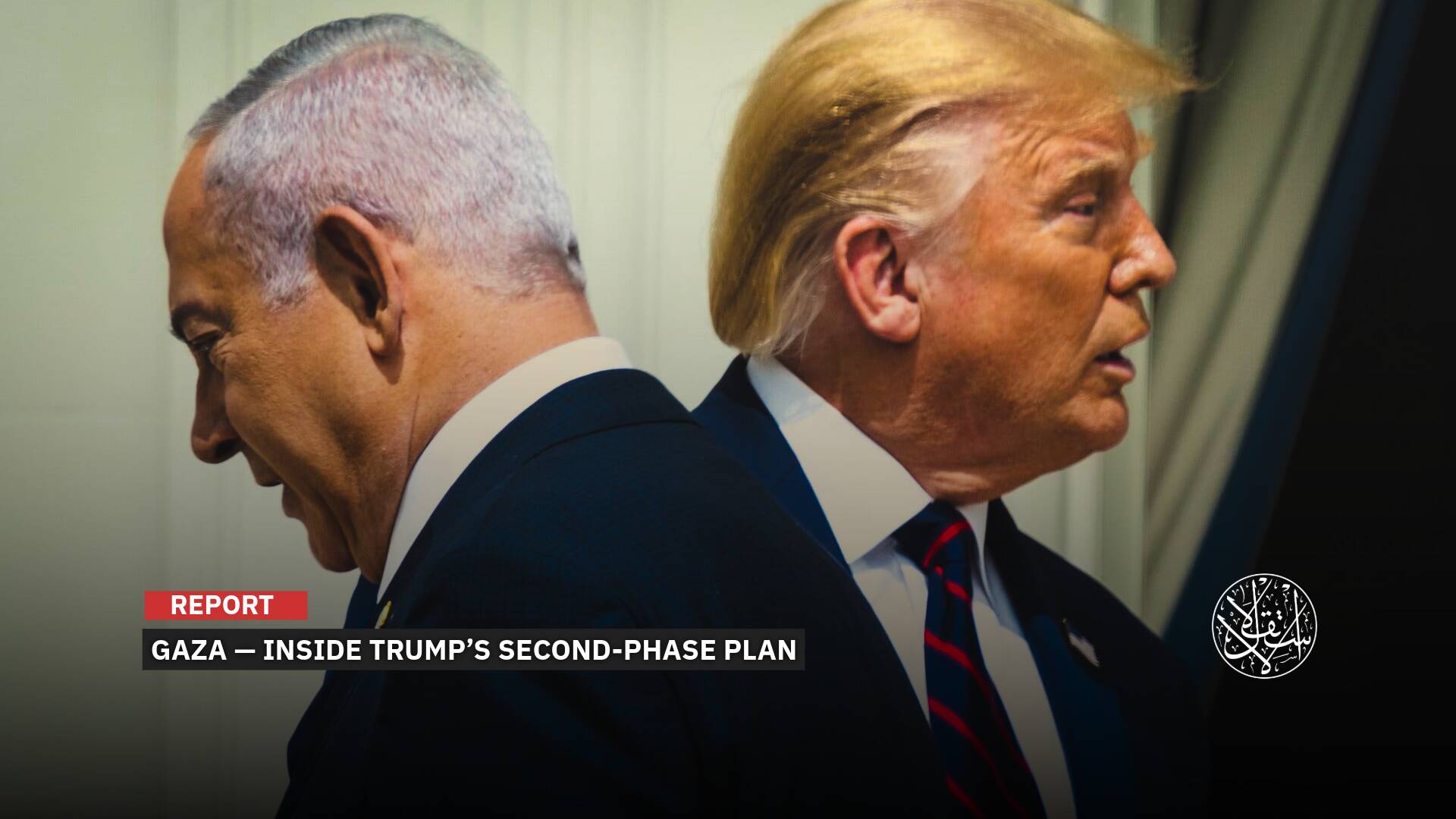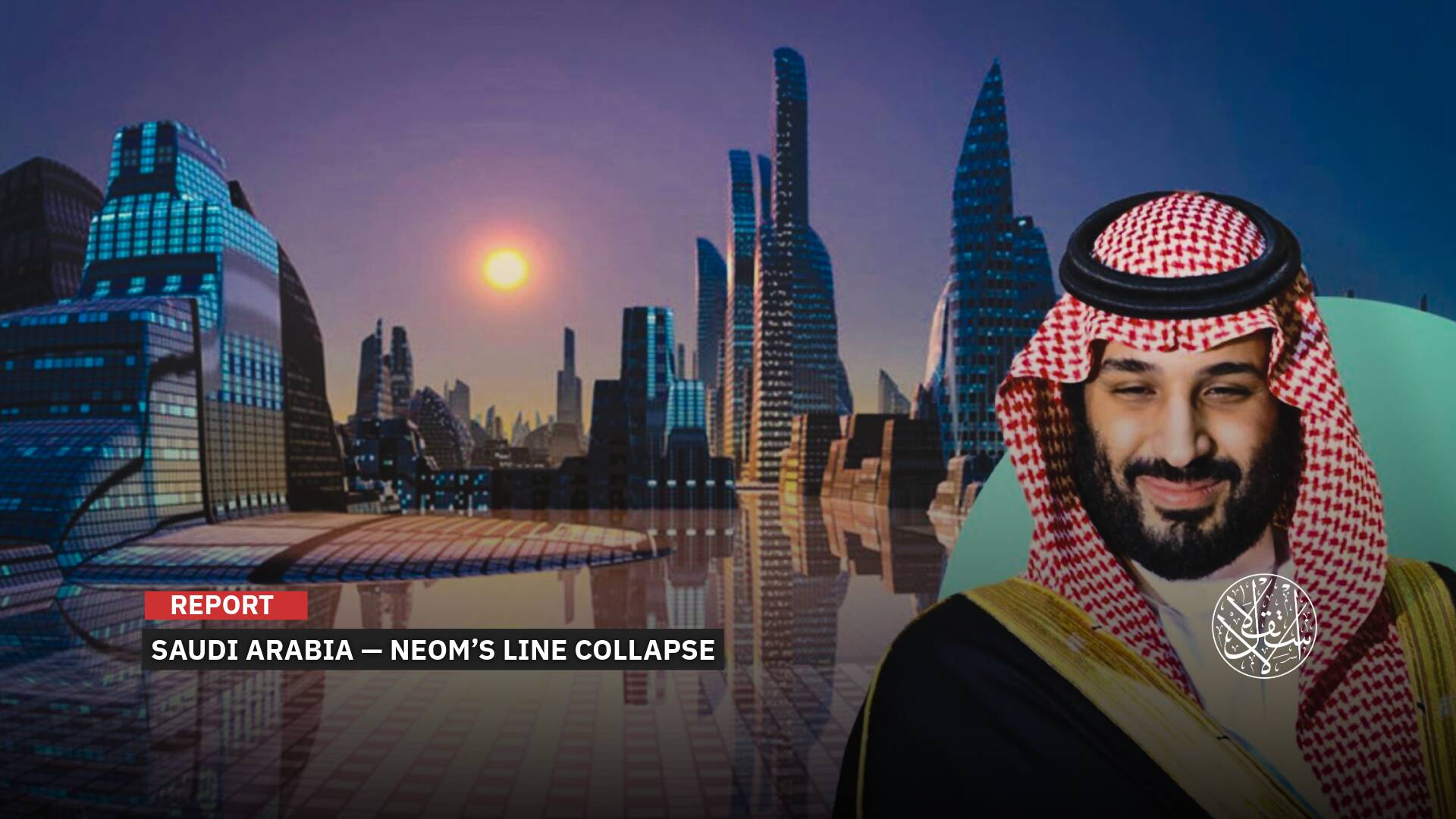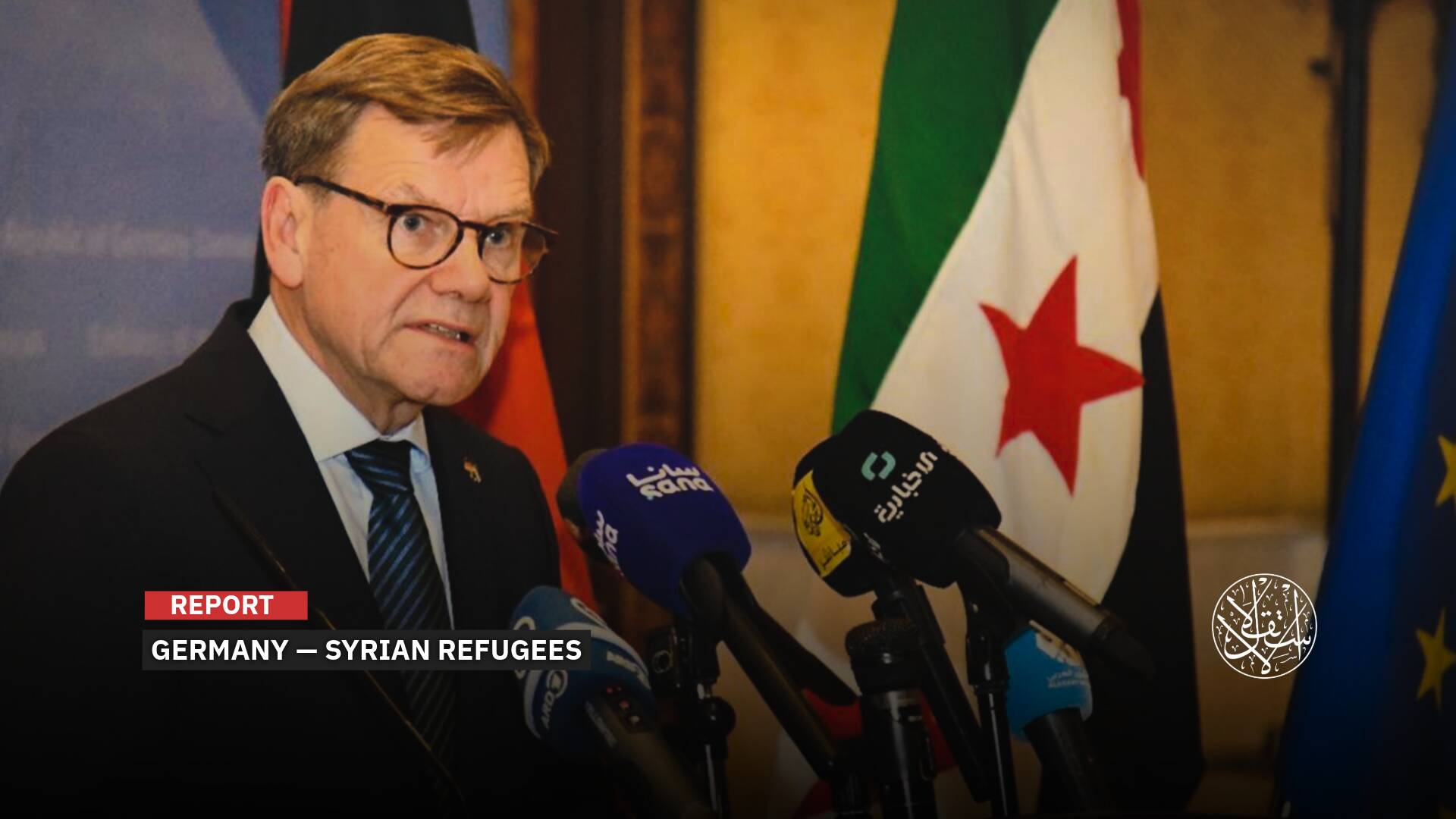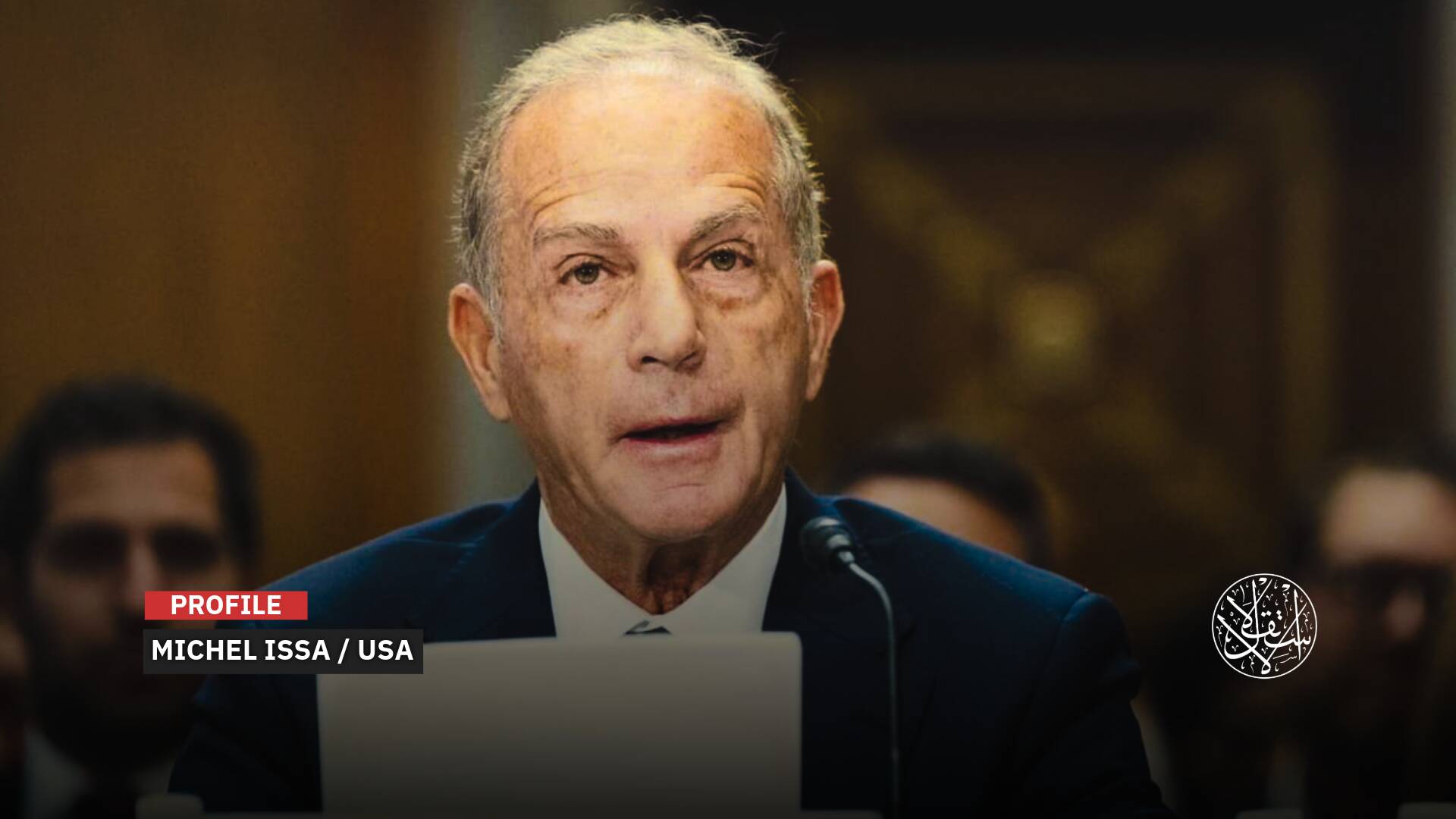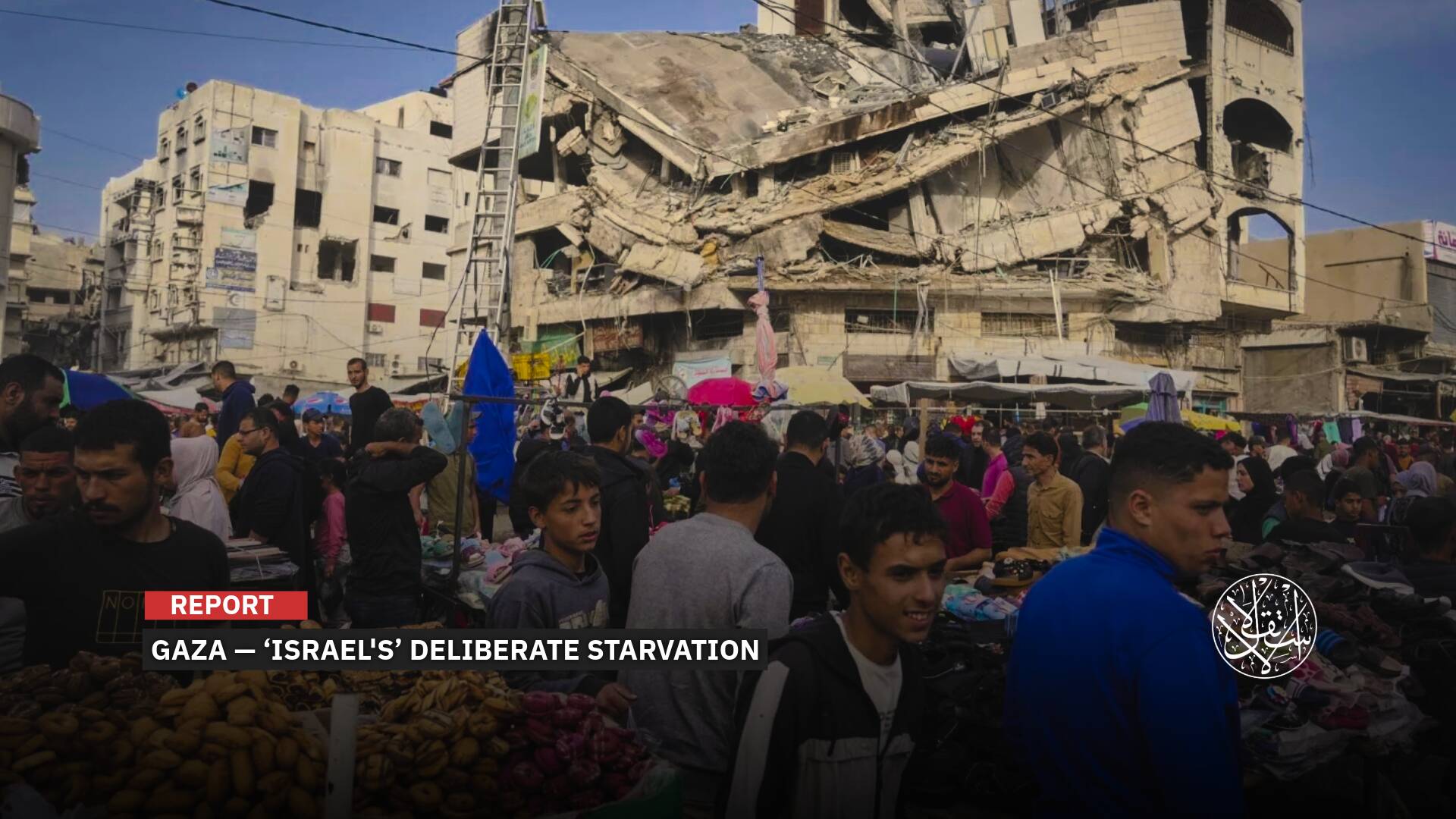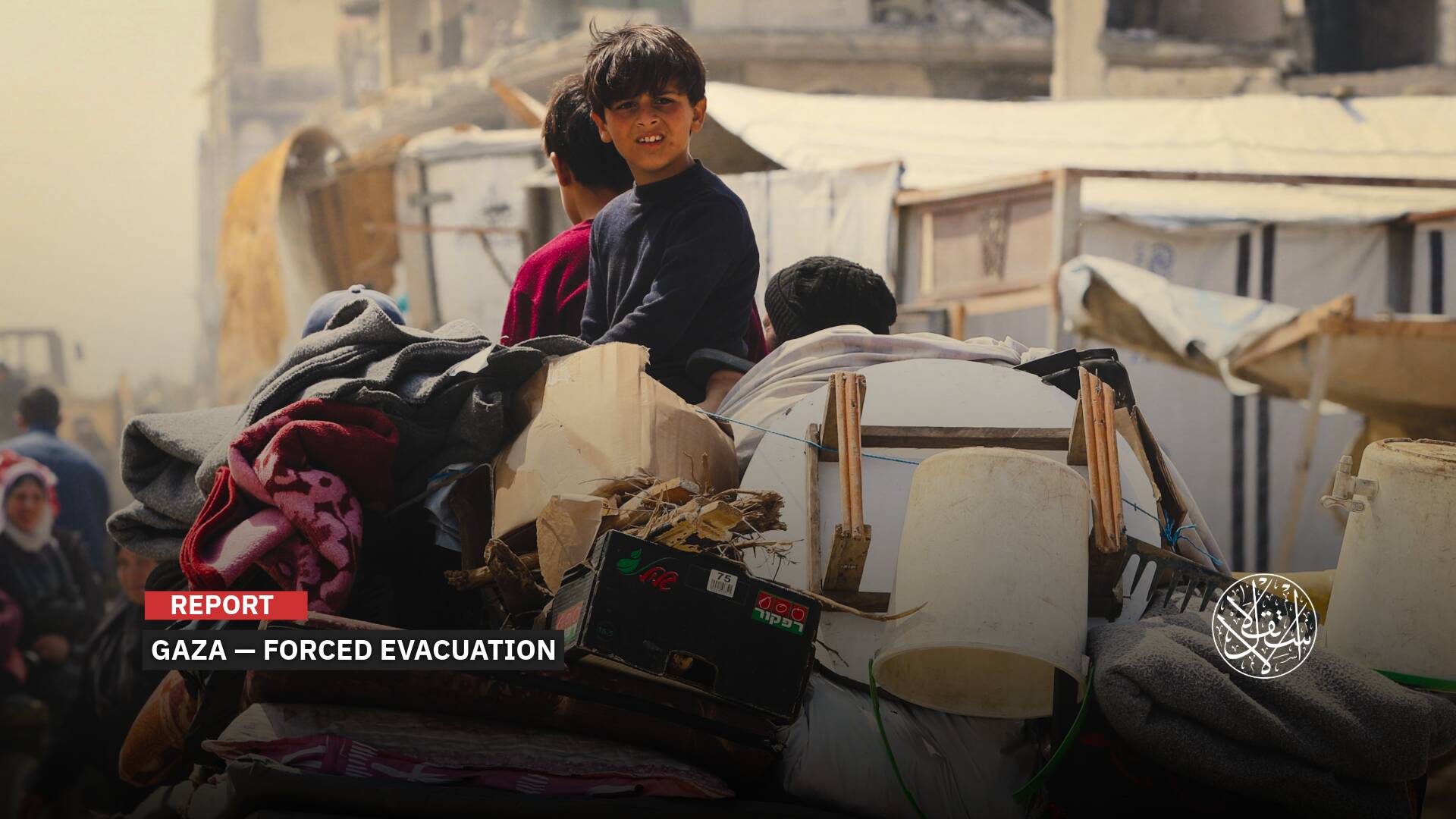El-Obeid’s Battle: Will It Lead Sudan Toward Victory or Division?
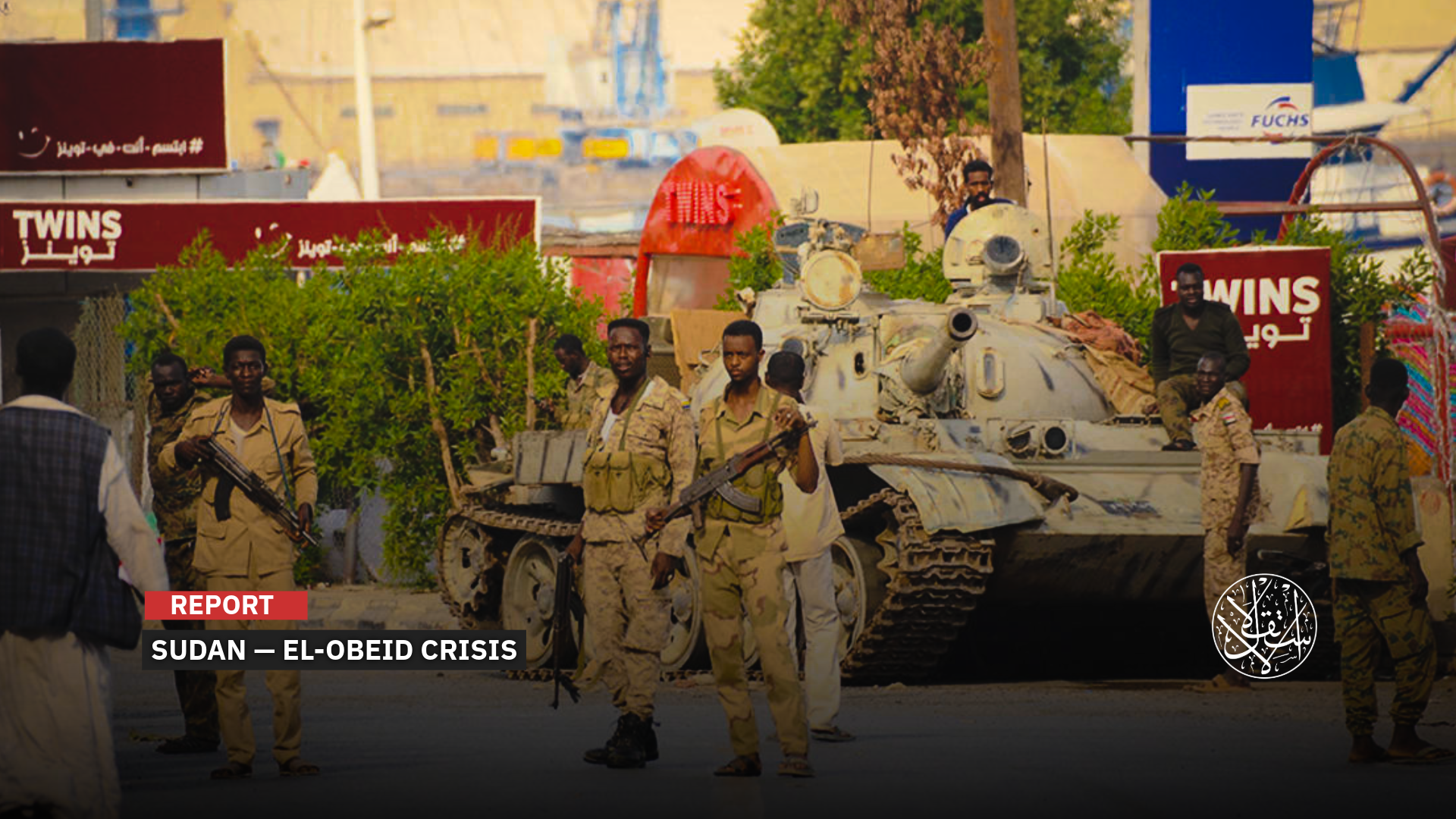
The fall of El-Obeid would render Khartoum virtually irrelevant.
In a development that could redraw the course of Sudan’s war, Transitional Sovereignty Council leader Abdel Fattah al-Burhan declared a general mobilization across the armed forces, calling on every citizen able to bear arms to join the front lines.
The announcement, issued on November 14, 2025, marked a decisive shift, one that signaled not merely a military measure but an alarm bell, indicating that the country has entered a critical phase in which there is no longer space for neutrality or delay.
Within hours of the call, the army launched one of its rapid operations, retaking the Umm Dam Haj Ahmed locality and the town of Kazgail in North Kordofan, thereby preventing the Emirati-backed Rapid Support Forces militia from encircling the strategic city of el-Obeid, and securing its last land routes.
Although the operation carries both symbolic and military weight, it appeared to be a prelude to a larger battle looming on the horizon, the battle for el-Obeid.
The city, long a commercial hub and a major supply artery, has now become a center of military and political gravity, a gateway whose outcome will shape the balance of power and influence, and perhaps even the form and future of the Sudanese state.

The Prelude to the Battle
It is impossible to separate the city of el-Obeid from the fall of el-Fashir, the capital of Darfur, on October 26, 2025, a moment that was far from a passing military episode in Sudan’s war, but rather a decisive turning point that exposed the fragility of the balance of power, and after which the country entered a new and perilous phase.
El-Fashir had long stood as a symbol of Darfur’s centrality and its communities, but it fell to the rebels after heavy strikes by drones and fierce artillery bombardment, then descended into a horrific scene of mass killings.
Human rights organizations documented summary executions of civilians, including the sick and injured, who had committed no crime other than finding themselves in the path of the Rapid Support Forces militia, armed and backed by the United Arab Emirates.
Bloody as it was, the fall of el-Fashir did not mark the end of the unfolding drama, for the eyes of Sudanese people, along with those of all regional and international stakeholders, quickly shifted toward the city of el-Obeid in North Kordofan, which increasingly came to be described as the decisive battle that will determine Sudan’s future.
El-Obeid sits in a sensitive strategic location linking western Sudan to its center and east, serving as a gateway to the roads leading to Khartoum, as well as the Gezira and White Nile states, while also overlooking the western corridors that lead into Darfur.
Its greater significance stems from the oil pipeline that runs near its eastern outskirts, the state’s almost sole remaining economic lifeline, making any threat to el-Obeid a direct pressure point on Sudan’s economic future.
For that reason, the Sudanese army does not view el-Obeid merely as a major city, but as a final defensive line to prevent a wider collapse.
As for the Rapid Support Forces militia, it sees the city as a crucial link to completing its arc of control over western and central Sudan, and securing a foothold that could open the way to the east and potentially the capital later on.
Opposing Forces
Since the fall of el-Fashir, it has become increasingly clear that the military build-up around el-Obeid is edging closer to preparations for a decisive battle that both sides refuse to acknowledge officially, yet one that draws nearer by the day.
On the government side, the army has deployed substantial reinforcements to the city and fortified its command positions, giving the Fifth Infantry Division, known as the Hajjana, the lead role in directing field operations to defend el-Obeid.
This division is one of the oldest formations in the Sudanese army, having repelled several attacks in the Gezira region and in Khartoum, and it is now regarded as the most prominent defensive line protecting central Sudan.
Alongside the army, large units have arrived in el-Obeid from the Gezira and Khartoum states, some of them belonging to combat groups allied with government forces.
Among these units is the al-Bara ibn Malik Battalion, which announced that it had prepared thousands of fighters to take part in the Kordofan battle.
One of the battalion’s commanders told the Sudanese magazine al-Majalla on November 12 that a joint force of 60,000 soldiers from Gezira is being assembled, a clear indication of the scale of mobilization underway among the army and its allies in el-Obeid.
Yasser al-Atta, the assistant commander-in-chief of the armed forces, also vowed to deliver a decisive victory over the Rapid Support Forces, predicting the imminent collapse of the militia in the Kordofan states and the Darfur region.
El-Obeid has also seen the arrival of additional military reinforcements from the cities of Umm Ruwaba, al-Khuwei, and Bara, all of which serve as important logistical hubs for the army’s movements.
On the other side, the Rapid Support Forces militia has pushed large units into the western and southern outskirts of el-Obeid, particularly in the areas of Umm Sumeima and Abu Zabad.
The number of vehicles and military equipment in these areas has increased markedly since the rebels seized control of el-Fashir, a development that clearly indicates the RSF militia’s intention to establish a defensive line to prevent the army from advancing toward Darfur, while also giving it the ability to threaten el-Obeid directly.
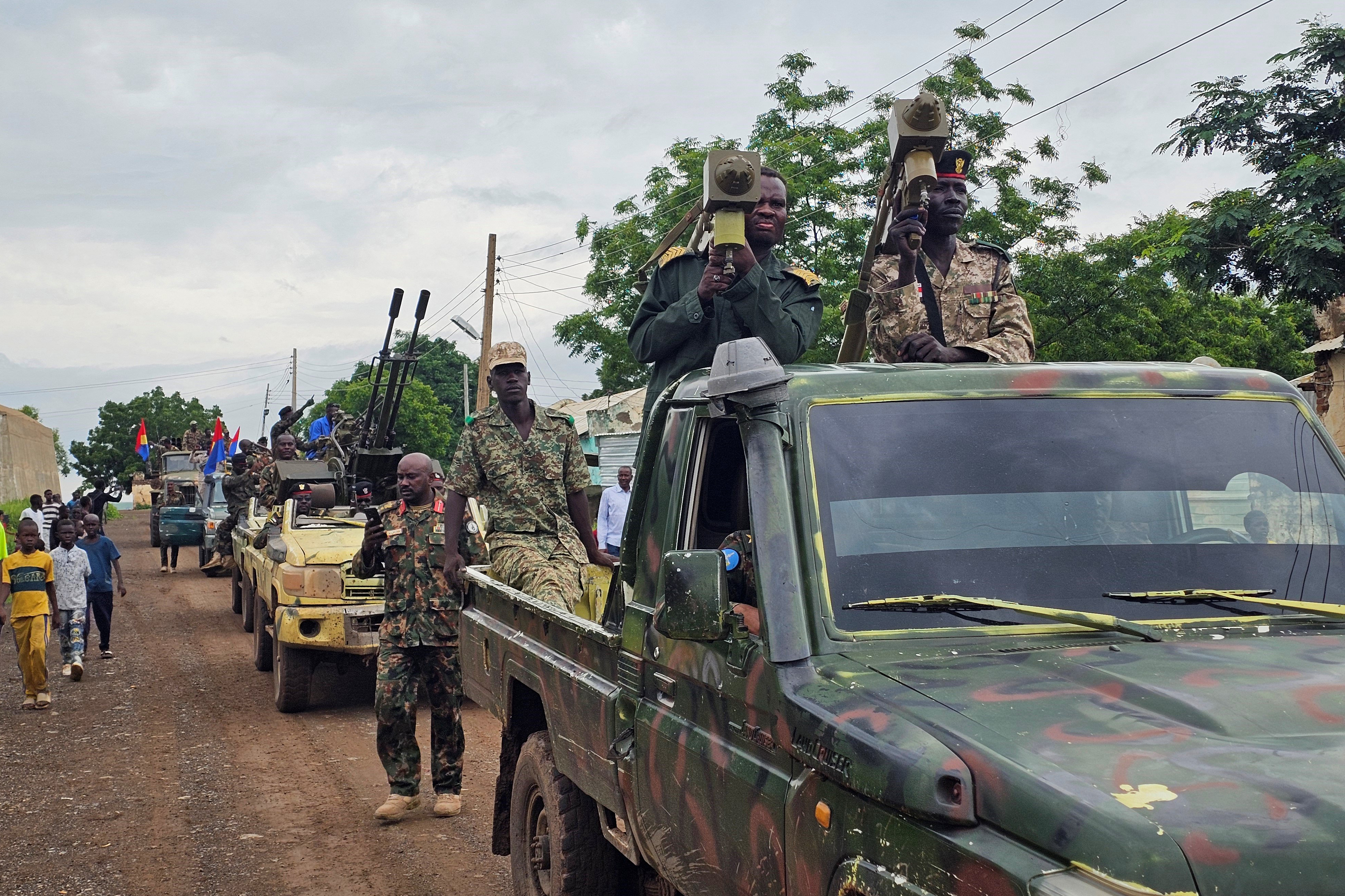
The Battle for Resolution
The escalation on the ground has brought near total paralysis to the city of el-Obeid, especially in the surrounding villages, where farmers have refrained from heading to their fields for fear that sudden clashes might erupt.
It is the same scene that preceded the fall of el-Fashir, when wide areas were transformed into battlefields where innocent civilians paid a heavy price.
While the Quad for Sudan (the United States, Saudi Arabia, Egypt, and the United Arab Emirates) continues its efforts to broker a political settlement, the positions of the two warring sides appear far removed from any prospect of compromise.
The army insists that the Rapid Support Forces militia withdraw from the cities it has seized before any negotiations can begin, a demand many consider closer to a call for surrender than a political solution, yet one that reflects the army’s belief that entering talks without regaining control of the cities would place it in a position of weakness.
The Rapid Support Forces militia, for their part, have adopted a political discourse filled with references to democracy, even as their actions on the ground show an expansion of operations and self-documented abuses described by local residents as unprecedented in Sudan’s modern history.
The RSF militia appears intent on entering any negotiations from a position of strength, one that grants it strategic control over major cities such as el-Fashir and potentially el-Obeid, should it manage to advance.
Experts and diplomats ask why cities as large as el-Fashir and el-Obeid are left to become battlefields before any serious move is made by the international community. Why does the world seem to wait for catastrophe before stepping in?
In this context, the Sudanese political researcher Mohamed Nasr says, “The battle for el-Obeid has become the most dangerous turning point in Sudan’s modern history,” warning that its outcome “will not only determine the balance of military control, but could redraw the map of the country in a fundamental way.”
Nasr told Al-Estiklal that the fall of el-Obeid, if it occurs, would not simply be the loss of a central city in Kordofan, but the collapse of the entire Kordofan region, followed by a chain of areas stretching westward toward Darfur.
He noted that such a development would mean the end of any hope of retaking el-Fashir or other Darfuri cities that are now effectively under RSF militia dominance.
“What we are witnessing now is rebel militia control over western Sudan to varying degrees, while the army holds the east and the center,” he said.
Nasr argued that this harsh reality forms a kind of unstable equilibrium that may allow for a temporary lull, but does not guarantee the continuity of the state in its current form.
He stressed that the problem lies not only in the RSF militia’s expansion, but in the nature of the force itself, noting that the RSF militia “is not an organization capable of running a state or building institutions, but a military formation built on personal loyalties, a parallel economy, and looting.”
“For that reason,” he added, “any entity that emerges under its authority in the west would be closer to a zone of chaos than to any political project.”
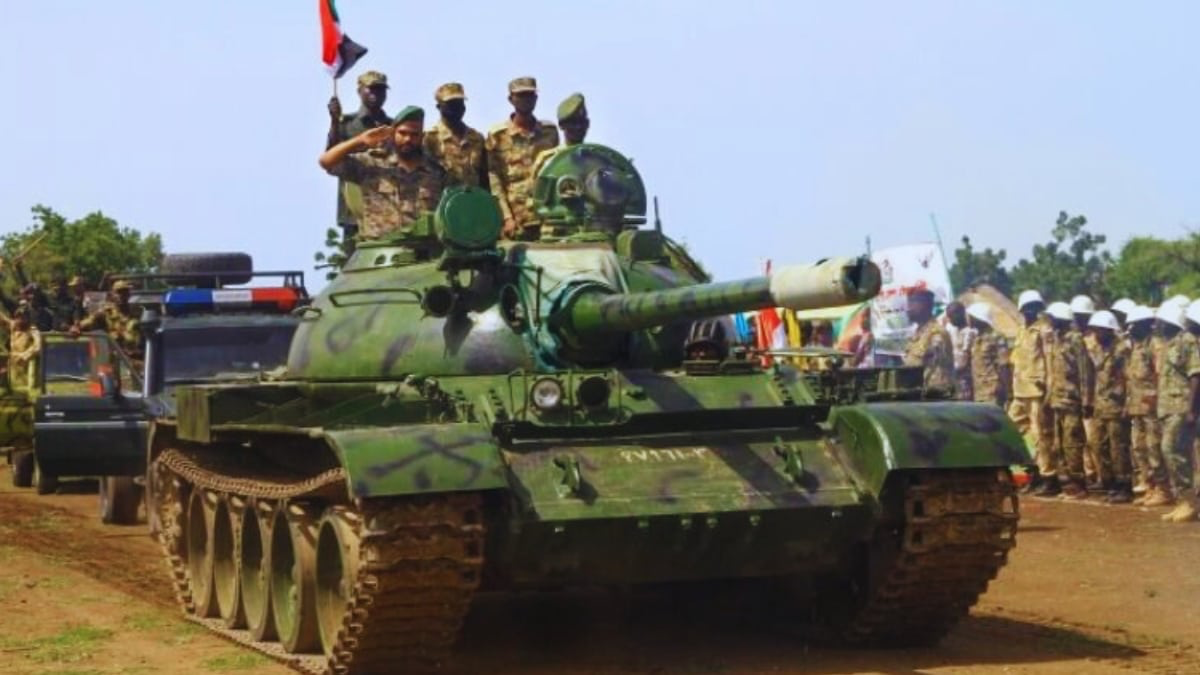
Sidelining Khartoum
In this context, the Sudanese political researcher Mohamed Nasr said, “If the army fails to defend el-Obeid, Sudan will enter a phase of full-scale urban warfare stretching from Kordofan to the outskirts of the capital, Khartoum.” He added, “We would no longer be talking about clear frontlines, but about a complete collapse of the civilian infrastructure and the intermingling of forces with the population.”
“Sudanese people have experienced this scenario partially in Khartoum and in Gezira, but it would be broader and far more painful if it reached el-Obeid,” Nasr continued.
He pointed out that the fall of el-Obeid would render the capital, Khartoum, entirely ineffective, explaining that “the capital would not fall in the traditional military sense, but it would become a confused and paralyzed city, unable to play any political or administrative role, and reduced to a turbulent space surrounded by threats from all directions.”
The researcher noted that the country faces the risk of slipping into a multi-sided fragmentation, stressing that the military landscape is not limited to the army and the Rapid Support Forces militia alone.
He explained that there are other forces that cannot be ignored, such as the Sudan Liberation Movement led by Abdel Wahid al Nur, which controls pockets in Jebel Marra and rejects any political settlement, while in South Kordofan the Sudan People’s Liberation Movement-North led by Abdelaziz al-Hilu continues to demand self-determination and state restructuring.
“In the east,” he added, “the Beja Forces and the Batahin Shield have resurfaced with long-standing grievances, and in the Blue Nile, the Kikil forces remain active, while tribal and armed groups are spreading, including the reactivation of some formations such as the Popular Defense Brigades.”
“The multiplicity and dispersal of centers of power place Sudan on the brink of total disintegration,” Nasr added.
“If the battle for el-Obeid spirals out of control, it will not be merely a war between two sides, but will morph into dangerous clusters of militias, local forces, and competing interests, with each side seeking to secure its territory and influence.”
“The battle for el-Obeid is not just a battle for a city, but a battle for the whole of Sudan. Losing it would mean the end of the state as we know it, and the beginning of a new reality closer to partition and collapse than to any form of stability. If el-Obeid falls, what remains of the old Sudan will fall with it,” Nasr concluded.
Sources
- After the Fall of El-Fashir… Why Will El-Obeid Determine Sudan’s Fate? [Arabic]
- El-Obeid, the “Bride of the Sands,” in North Kordofan [Arabic]
- Sudanese Army Retakes Key Areas as the UAE Denies Supporting Hemedti [Arabic]
- Burhan Declares General Mobilization and Calls on Sudanese to Take Up Arms [Arabic]
- Leaked Military Report Reveals Mass Deployments in North Kordofan Ahead of the Battle for El-Obeid [Arabic]


